What is Sugar?
Sugar (Sucrose)
A disaccharide comprised of the monosaccharide glucose and the monosaccharide fructose, bound together. GLUCOSE + FRUCTOSE = SUCROSE.
Fructose
Sweet. Examples of carbohydrates made mostly of fructose are apple juice, agave syrup and dates. Fructose does not immediately spike blood sugar, nor insulin, BUT it directly creates triglycerides (fat), promotes visceral fat accumulation and leads to insulin resistance over time, along with many harmful effects.
Glucose
NOT so sweet. Examples of carbohydrates made of glucose are rice and potatoes. Glucose spikes blood sugar and insulin in the short-term, but can be attenuated by eating fibre and having a healthy metabolism. Glucose is found in varying quantities, and along with fibre, in most plant foods.
What is Blood Sugar?
Blood Glucose
The amount of glucose circulating in the blood. Glucose is used by many of the body’s cells as an energy source and the body has an intricate system of regulating how glucose from the foods we eat gets into the cells to be used as energy. The system keeps blood glucose levels within a tight range, and it depends partly on the effective functioning of hormones such as insulin and glucose transporters on cell membranes.
View MoreKey Conclusions
Sugar tastes sweet due to FRUCTOSE
Sugar tastes sweet mainly because of the FRUCTOSE part. Unless sweetened with artificial sweeteners or natural healthy sweeteners (stevia, erythritol, xylitol, allulose, monk fruit extract, katemfe extract (thaumatin)), if something you are eating tastes sweet, it contains fructose. Usually, the sweeter it tastes, the more fructose it contains. For example, a ripe brown banana has formed more fructose than a green one. Fresh grapes contain c. 8% fructose, but after drying to become raisins, the fructose percentage quadruples to c. 32% fructose, and the total sugars (fructose, glucose, sucrose, maltose (two glucoses bonded together)) make up 67-80% of the raisins (i).
View MoreHuman Beings & Sugar
Evolution, Body Fat-Generation and Energy
Human beings have not evolved to adapt to the high-sugar environment we live in. Fruits were not cross-bred to increase their sweetness (sugar-content) as they are now, and we ate what we could find, allowing us to store fat, most likely in autumn, particularly useful ahead of a cold, food-scarce winter. Our Palaeolithic ancestors are unlikely to have had regular access to honey, dates or maple syrup.
View MoreOverconsumption
SUGAR OVERCONSUMPTION CAN BE A MAJOR CAUSE OF:
- Metabolic Syndrome
- Type 2 Diabetes
- Obesity
- Dementia
- Alzheimer’s Disease
- Cardiovascular Disease
- Acne, Cellulite, Ageing Skin, Wrinkles
- Colon Cancer
- Pancreatic Cancer
- Hypertriglyceridaemia
- Non-Alcoholic Fatty Liver Disease
- Liver Cancer
- Depression
- Tooth Decay
- Hair Loss
- Candida
- Polycystic Ovarian Syndrome
- Inflammatory Bowel Disease
NO DIFFERENCE
DO THESE INGREDIENTS DIFFER?
Is there any difference between raw cane sugar, table sugar, honey, agave syrup, maple syrup and high fructose corn syrup?
The below ingredients are biochemically almost identical. They all contain high amounts of fructose. We do NOT need them to survive, and it is best for our health to avoid them.
View MoreKey Conclusions
Just because it is natural...
Sugar (sucrose and fructose) comes in many forms. Simply because it is ‘natural’, does not mean it is healthy. Table sugar is arguably just as natural as maple syrup. Raw cane sugar and table sugar both come from sugar cane and/or sugar beet – i.e. sourced from nature. The only differences between all of the above sources of sugar are their – actually relatively similar – ratios of sucrose, fructose, glucose and maltose. They are all mostly comprised of fructose and glucose, in free form, and/or bonded together as sucrose.
View MoreWhat are Carbohydrates?
Carbohydrates
Carbohydrates are molecules made of Carbon, Hydrogen and Oxygen. Complex carbohydrates are comprised of simpler molecules that are broken down in digestion. Indigestible fibre is not metabolised by us, yet it is essential for gut and overall health, including the health of our microbiome and thus metabolic and immune system functioning. People often say ‘sugar’, when they mean carbohydrates. This is misleading and confusing. Remember, harmful sugar (fructose, sucrose) is sweet-tasting. Carbohydrates are either monosaccharides such as glucose and fructose, disaccharides such as sucrose and polysaccharides such as starch and fibre. They differ significantly in their metabolism and biological effects.
View MoreWhat is Fibre?
Fibre
Fibre may be one of the most under-appreciated macronutrients. It is essential for digestion, gut and immune health. A key function is that it is food for our gut microbiome. The bacteria in our gut perform many crucial functions: they maintain intestinal barrier integrity, aid in micronutrient absorption and even production, and help to regulate immunity, amongst other functions. If we do not provide them with sufficient fibre, they will not perform these crucial functions effectively, and they may even cause damage by starting to consume the intestinal wall (a critical membrane between our bodies and the external world) and/or by forming health-undermining imbalances in the gut ecosystem, causing negative health consequences.
View MoreKey Conclusions
PRACTICAL APPLICATIONS
Carbohydrates differ significantly in their metabolism and health effects. Very healthy fibres are labelled often as carbohydrates, yet do not add to energy intake and instead feed essential gut bacteria – keep this in mind when reading food labels.
Within the category of carbohydrates, most humans living in urban environments would do best to avoid/limit consumption of fructose, sucrose and refined carbohydrates and consume more high-fibre plant foods.
View More